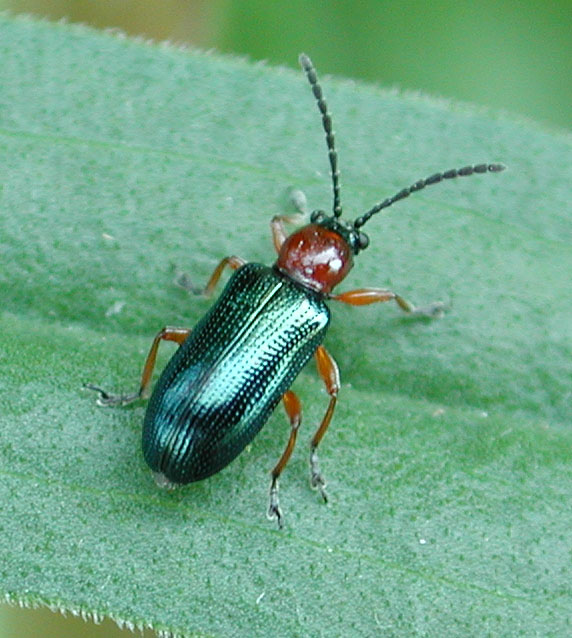Harvest and Storage
Optimizing Combine Adjustments Operator manuals contain the best starting point for setting up a small grain harvester. Occasionally conditions arise that require further adjustments. Harvest of fusarium-damaged grain, lodged crops or crops infected with dwarf or common bunt requires special attention. The easiest and best way to improve the grain sample in these situations is […]







